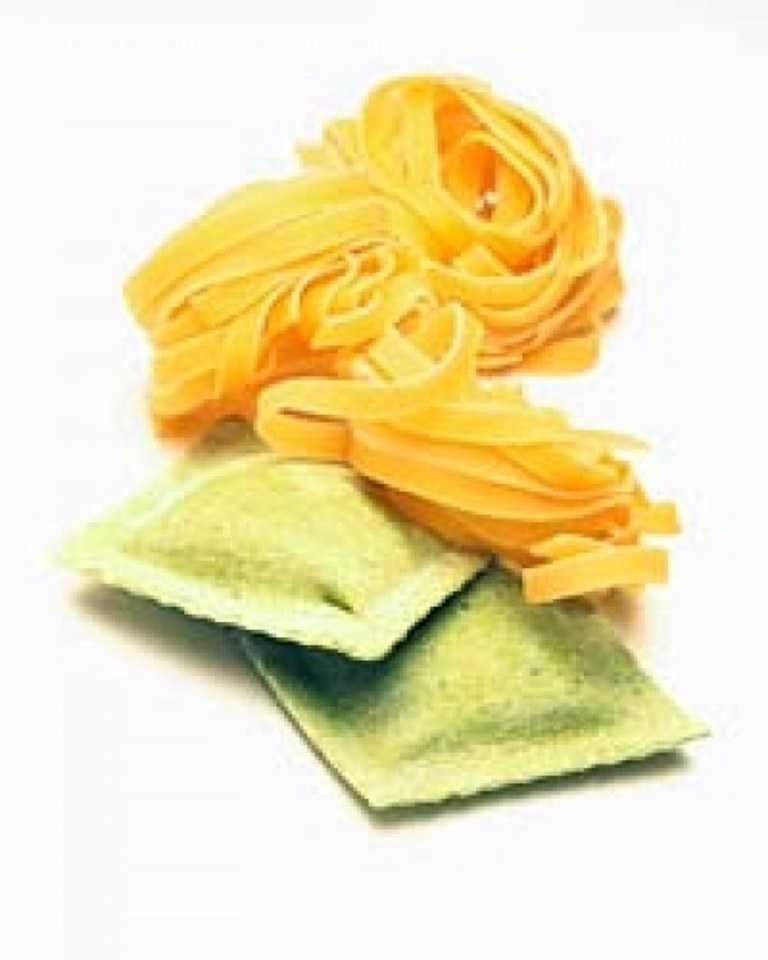Best Summer Salads
When you think of the best summer salads, what comes to mind? Crisp, brightly colored greens and veggies? Or sweet, ripe and juicy seasonal fruits? What about cold, savory salads that can be served as entrees? Any way you look at it, summer is the perfect time to enjoy the bounty from the garden, the trees or even the ocean!
Why Summer Salads Are Popular
Summer salads bring out the seasonal best of fruits and veggies in any combination they come in! Packed for a picnic, a potluck or a barbecue, summer salads play a starring role on the table because they offer flavor, color and a healthy dose of nutrition that everyone loves, making them perfect healthy dinner ideas! Also, for those especially hot days, salads are great as cool, light, refreshing and tasty meal options. Summer fruits and veggies are at their prime, so why not expand your summer salad recipe box with tasty treats from your local farm stand or your own garden?
Categories of Salads
Here is a list and definition of the five kinds of salads:
Green Salads: a green salad is made with one or more of a variety of greens (iceberg, romaine, butter and bibb lettuce, kale and spinach), an addition of bite-sized veggies or meats, and then topped with a dressing. These are the most common kinds of salads and are easiest to put together. Green salads are often side dishes to entrees, but they can easily transition into entrees if the occasion calls for it.
Pasta Salads: any type of cooked, cold pasta can be served with bite-sized veggies like, celery, diced bell peppers, peas or diced tomatoes. Pasta salads can also have meats like salami, ham or bacon in them for a heartier version. Pasta salads are usually dressed with a simple vinaigrette, or a creamy-based dressing like mayonnaise, sour cream or mustard and savory herbs like dill, thyme or basil.
Bound Salads: bound salads are most often protein-based (think salad recipes with chicken, tuna, turkey or eggs) and ‘bound’ with a heavy dressing like mayonnaise. Bound salads can also have veggies like diced peppers, celery and peas in them. Often, bound salads are scooped onto a bed of greens or tucked into a sandwich or wrap and they make great portable meals.
Fruit Salads: fruit salads are comprised of cut up pieces of complementary fruits like watermelon and berries, strawberries and pears, or a combination of all of them. Fruit salads can be served with or without a light dressing that further enhances their flavor, and they are often garnished with sprigs of thyme, rosemary, or chopped mint or basil.
Grilled Salads: grilled salads can be made with veggies like slices of cabbage, cauliflower, brussel sprouts or asparagus. Grilled fruit options are peaches, watermelon, apricots, and even apples and pears! The heat from the grill caramelizes the sugars to the outside of the veggies and fruit, bringing out their sweet summery flavors.
As you can see, there are many different types and classifications of salads to try your hand at, ranging from super simple to more challenging. Also, even a simple chicken or tuna salad can be fancied up by adding some new ingredients to it — get creative!
Tips for a Perfect Summer Salad
For maximum flavor, choose fruits and vegetables that are fresh and free from dirt, soft spots or blemishes. If budget allows, you may also want to opt for organic fruits and vegetables that are in season! Also, why not check out your local farmer’s market before heading to the grocery store?
Gently rinse the ingredients thoroughly and pat them dry with paper towels. Great salads have uniformly cut pieces, so everything looks bright, clean and inviting. Prepare dressings in advance and keep them cold until you’re ready to toss them with the salad. Always keep salads cold until you’re ready to serve them. If your salad is going to be on a banquet or buffet table, place the salad in a large bowl and then place the bowl in a casserole dish filled with crushed ice cubes. Be sure to give the salad a stir to keep it uniformly cold while it’s on the banquet table.
How to Store Summer Salads
Most salads keep well as long as they are covered and kept in the refrigerator. Fruit salad may need to be drained before serving again, but they should otherwise be fine to serve up again. Most salads can be refreshed with a little salt and pepper or a dash or two of dressing. Even a squeeze of lemon juice can bring a salad back to life!

